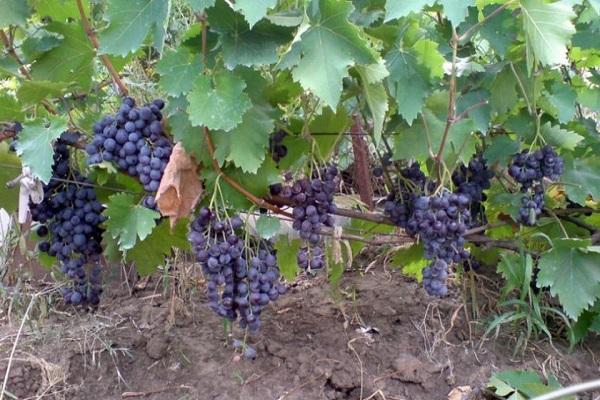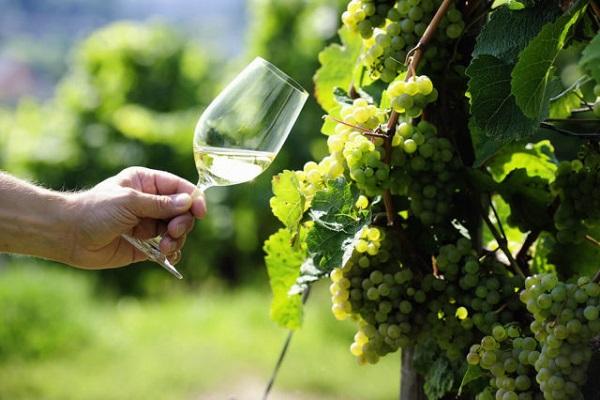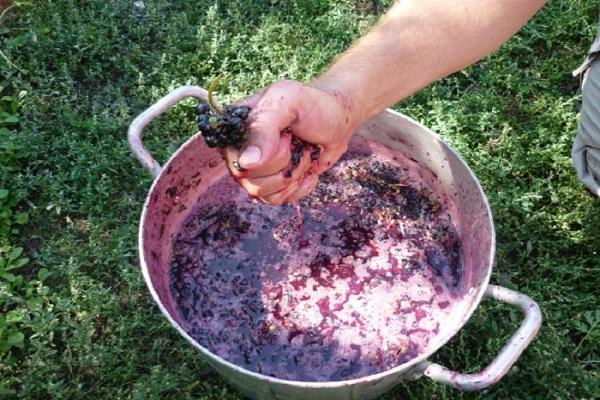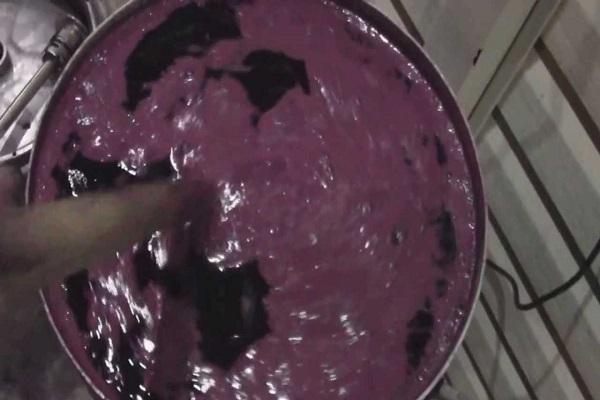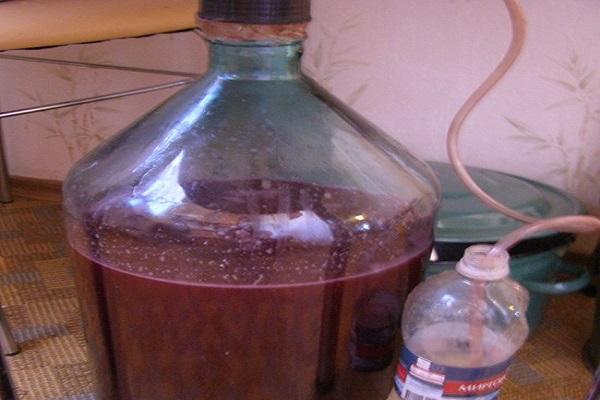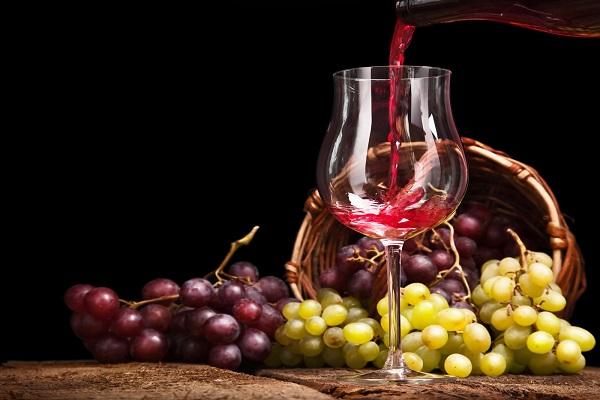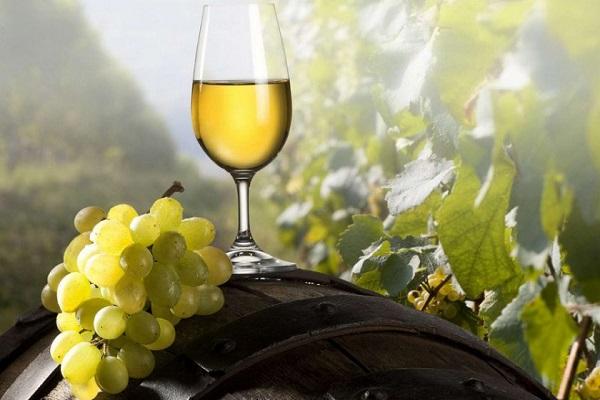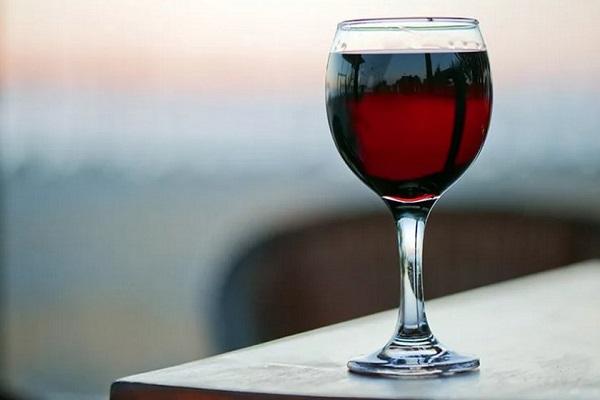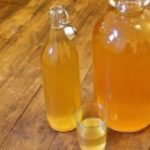Grapes are rich in vitamins, potassium, copper, thiamine, manganese. Berries have an antioxidant effect, improve the functioning of the cardiovascular and nervous systems, and strengthen bone tissue. In addition to juice, jam, preserves, compote, housewives make sultana wine at home. The alcoholic drink has a rich aroma and a beautiful golden hue.
Is it possible to make wine from sultanas?
Kishmish is an ideal variety for making wine.The berries are miniature, with delicate pulp, the taste is sweet, the smell is pronounced. The fruits contain virtually no seeds. The process of preparing the drink is simple and does not require financial costs. Dessert, dry, semi-sweet wines are prepared according to the recipes below.
Suitable varieties
Wine is prepared from grape varieties like:
- White (Sultanina) - small, sweet berries. Sugar content 30%, acidity - 6 g/l. Belongs to late ripening varieties.
- Timura - sweet, early ripening, frost-resistant grapes with an acidity of 6 g/l;
- Flora is a high-yielding variety with large seeds. Sugar content 2%, acidity 5 g/l.
- Black sultana - characterized by productivity, sugar content 27%, low acidity 4 g/l.
- Muscat of Hamburg - has a characteristic taste, frost-resistant. The grapes are sweet and early ripening.
When combining several varieties, the fermentation process is accelerated, taste and aroma are improved.
Wine from raisin grapes at home
The scope of application of sultanas is cooking, confectionery, and winemaking. By combining components, changing the sugar content and alcohol content of the juice, you can get drinks with a unique aroma, taste and color.
Winemakers use glass/enamel dishes to prepare wine. It does not pose a danger to consumption, such as a metal container.
Simple recipe
To prepare wine, housewives stock up on:
- sultanas 10 kg;
- sugar 3 kg;
- water 10 l.
How to cook:
- The fruits are sorted, washed, and crushed using a meat grinder. The grape mass is covered with a cloth and left for fermentation. After 4 days, the grapes will begin to smell like yeast, sizzle, and float.
- The juice is filtered through a piece of gauze, poured into a clean bottle, diluted with water, and sugar is added.
- The container is sealed with a water seal or a rubber glove with a hole.
The drink ferments for 1.5-2 months, after which it is poured into a container using a rubber tube. After 2-3 days, the wine is bottled and sent to permanent storage.
Bottles are stored horizontally on shelves in the cellar/basement. The drink is ready for consumption 2-3 months after preparation. During this period, the flavor palette and aroma are fully revealed.
With raspberries or currants
Winemakers add raspberries or currants to grapes for a beautiful color, enriching the taste, enhancing the richness of the drink, and coloring it. Berry wine is prepared with:
- sultanas 10 kg;
- sugar 3 kg;
- currants/raspberries 0.5 kg;
- water 10 l.
Step-by-step preparation:
- Raspberries and currants are sorted, but not washed to avoid removing wild yeast. The fruits are crushed, mixed with sugar (1 kg), covered with a cloth, and left to infuse for 4-5 days.
- The grapes are cleared of branches and leaves, crushed, and mixed with berry starter. The mixture is infused for 3-4 days, then filtered.
- The juice is mixed with sugar (1 kg), water, and covered with a water seal. After 4-5 days, add sweet syrup (1 kg of granulated sugar, 2 liters of water) and leave for 21 days.
At the end of fermentation, the drink will become light. It is poured into a clean bottle and left for 21 days, periodically draining it from the sediment. If necessary, sugar is added, bottled, and stored.
Using water
The grape drink is prepared with:
- sultanas 5 kg;
- water 8 l;
- sugar 3.5 kg.
Cooking technology:
- The crushed fruits are covered with sugar and filled with water.
- The mass ferments for 7 days, it is stirred twice a day with a wooden spoon.
- After 7 days, the wine is filtered, poured into a clean container, and sealed tightly.
The drink ferments for another 6-8 days, after which it is filtered and tasted.
Dry wine
To prepare dry wine you will need:
- 2 kg granulated sugar;
- 10 kg of grapes;
- 10 liters of water.
Sequential cooking:
- The crushed sultanas are covered with granulated sugar and left to ferment for 14 days, stirring systematically.
- The juice is filtered and the pulp is removed. A water seal is placed on the container with wine and left to ferment for 2-4 weeks.
- The finished wine is filtered, poured into bottles, and sent for storage.
If the product is highly acidic, it is sweetened not with sugar, but with fructose.
Dessert
The dessert drink is made with:
- sugar 4 kg;
- grapes 10 kg.
Cooking steps:
- The crushed fruits are infused for 3-4 days, decanted, and poured into a clean bottle.
- The berry mass is mixed with sugar, poured into a container, and covered with a water seal.
- Fermentation occurs over a period of 1 month.
The wine is poured into bottles and placed in the cellar.
Semi-sweet
For semi-sweet wine use:
- 3 kg sugar;
- 10 kg of raisins.
Cooking sequence:
- The grapes are kneaded, covered with a waffle towel, and left for 14 days in a warm place.
- The workpiece is stirred every day to get air inside. The juice is drained, the pulp is squeezed out, and poured into bottles.
- The liquid is mixed with sugar, covered with a water seal, and left for 1 month. The wine is filtered and bottled.
The difference between dessert and semi-sweet wine is the amount of granulated sugar used. The dessert drink has a more pronounced sweetness and aroma. Semi-sweet wine has a higher acidity level and a more tart taste.
The sediment remaining in the drink gives the drink bitterness.
To obtain a quality product, it is recommended to drain the liquid using a rubber tube into bottles for permanent storage.
Storage conditions for homemade wine
Homemade drink is stored for 2-3 years at temperatures from 0 OFrom to +14 OC in a dark room with moderate humidity. Bottles are placed horizontally on shelves.

